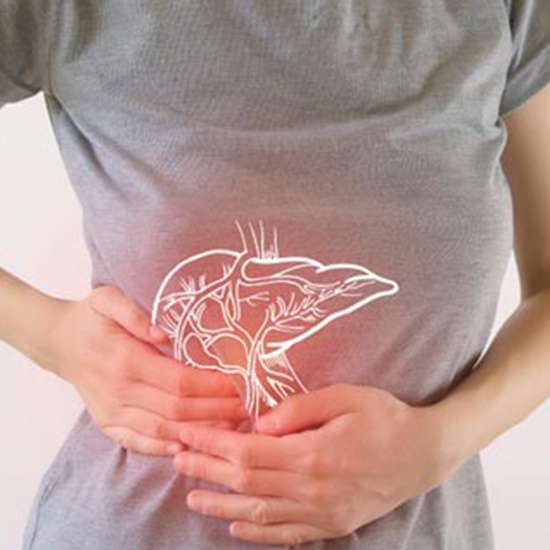
Hepatobiliary imaging in nuclear medicine (HIDA) use radioactive medicines and specialized cameras to produce imaging diagnosis based on physiology. Similar to bilirubin, HIDA radiopharmaceuticals are extracted by hepatocytes...
Hepatobiliary imaging in nuclear medicine (HIDA) use radioactive medicines and specialized cameras to produce imaging diagnosis based on physiology. Similar to bilirubin, HIDA radiopharmaceuticals are extracted by hepatocytes in the liver and eliminated through the biliary system. Acute cholecystitis, which is identified by the non-filling of the gallbladder due to cystic duct obstruction, is the most typical indication for HIDA imaging.
Before ductal dilatation, HIDA can identify high-grade biliary blockage; pictures show a prolonged hepatogram without biliary clearance because of the high back pressure. The diagnosis of partial biliary obstruction brought on by stones, biliary stricture, and sphincter of Oddi obstruction is also made easier with the help of HIDA. It can prove biliary leakage during postcholecystectomy and hepatic transplant.
To identify chronic acalculous gallbladder disease, the gallbladder ejection fraction is calculated following cholecystokinin infusion. Gallbladders with the disease don't contract. There are numerous additional, less frequent, but useful diagnostic applications for HIDA imaging.
Patient Preparation
Warning: Before arranging the exam, please check with your doctor if you are pregnant or suspect that you could be. Your doctor and I will talk to you about further choices.
Nursing: Due to the possibility of the tracer contaminating breast milk, if you are breastfeeding, you should let your doctor know.
Dressing: in a patient gown may be required of you. You will be given a gown. Your stuff is safe in the offered lockers. Please take off all jewelry, leave all valuables at home, and take out all piercings.
Eat/Drink: For up to eight hours, you won't be allowed to eat or drink anything. You shouldn't fast for any longer than your doctor has prescribed because doing so could compromise the test's accuracy just as much as not fasting long enough.
Allergies: If you have a medicine allergy or sensitivity to iodine, contrast dyes, or other substances, let the radiologist or technologist know. The radiotracer injection could cause a little discomfort. Although they are uncommon, allergic reactions to the radiotracer might happen.
Procedure
• Any jewelry or other objects that might get in the way of the treatment will need to be taken off, so please do so.
• After being instructed to take off your clothes, you'll be handed a gown to wear.
• To inject the radionuclide, an intravenous (IV) line will be established in the hand or arm.
• You'll receive an injection of the radionuclide into a vein.
• On a scanning table, you will be requested to remain still. During the procedure, you must not move because doing so could impair the scan's quality.
• To detect the gamma rays generated by the radionuclide in the gallbladder tissue, the scanner will be positioned over the abdominal region. A sophisticated nuclear medicine camera will be used to take images of your abdomen. The camera does not emit radiation; rather, it merely detects and records how the radioactive material is distributed throughout your body. Up until the gallbladder can be seen, a series of pictures will be taken at regular intervals.
• You can be requested to return if necessary after three hours and/or 24 hours for a delayed scan to finish the test, depending on the results of the original scan. No additional radioactive material will be injected during the process.
• It will take about 90 minutes to complete your scan.
After care
• Most nuclear medicine procedures, except intravenous injections, are painless. Significant discomfort or negative effects are rarely reported.
• When the technician places the needle for the intravenous line in your vein, you may feel a little pinprick. During the radiotracer injection, you can experience a chilling sensation traveling up your arm. There are typically no further negative effects.
• During the exam, it's critical to maintain your stillness. Nuclear imaging is painless. However, staying stationary or in one place for an extended amount of time might be uncomfortable
If your doctor has prescribed you or your loved ones, HIDA Scan, then schedule your scan at the best price with the best diagnostic centre- GDIC (Ganesh Diagnostic and Imaging Centre) in Delhi, India.









